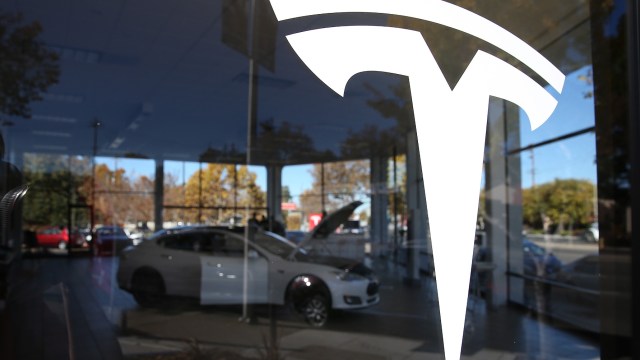NASA’s New Horizons views first distant Kuiper belt object beyond Pluto
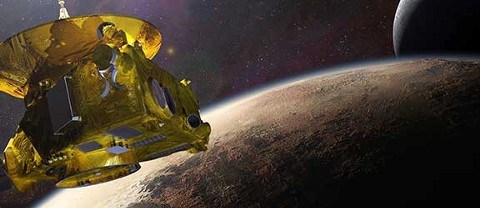
Combined with Hubble, it creates our longest-baseline view.
“It used to be that Pluto was a misfit. Now it turns out that Earth is the misfit. Most planets in the solar system look like Pluto, and not like the terrestrial planets.” –Alan Stern
NASA’s New Horizons flew by Pluto in July 2015, but continued to coast deeper into the Kuiper belt, away from the Sun.
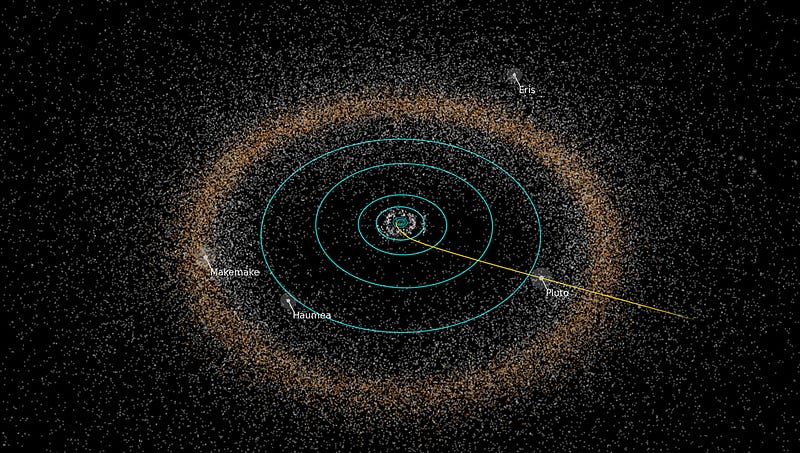
In November 2015, its longest range camera imaged a Kuiper belt object (KBO) — (15810) 1994 JR1 — multiple times, independently, over the course of many hours.
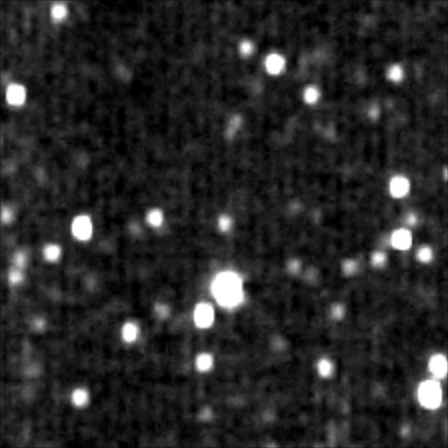
Back here in low-Earth orbit, the Hubble space telescope imaged the exact same KBO simultaneously, creating the longest-baseline parallax observations ever made.
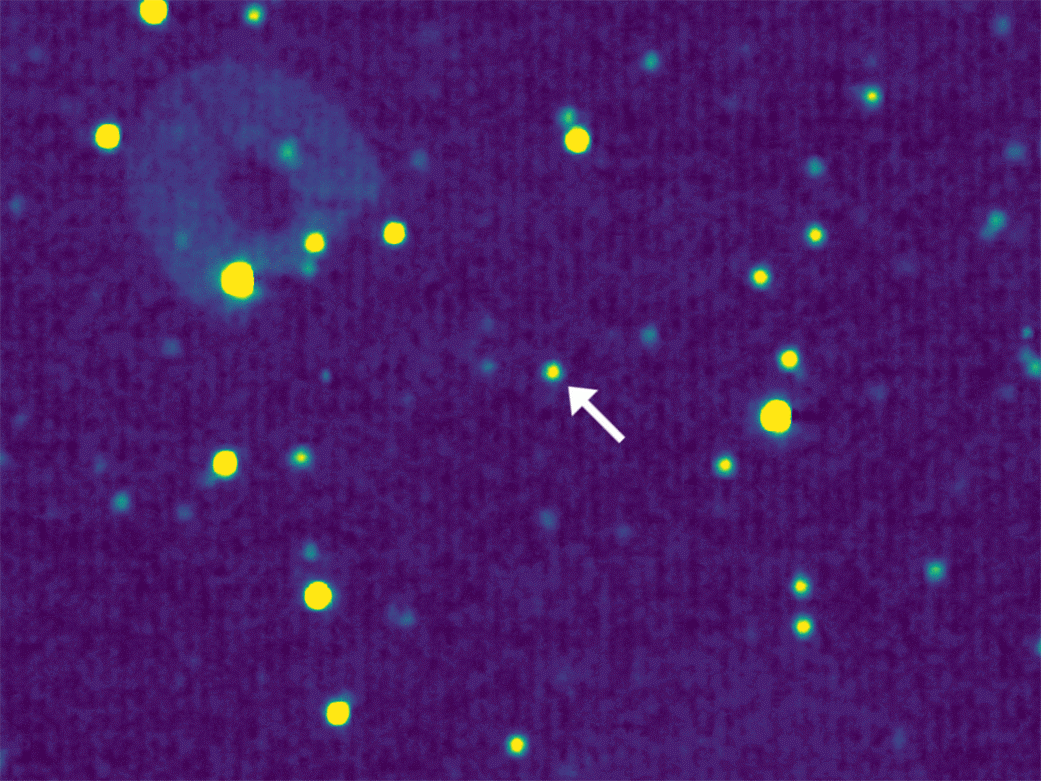
In April of 2016, New Horizons made its closest approach to this object at just 66 million miles, taking a much longer and more complex series of images.
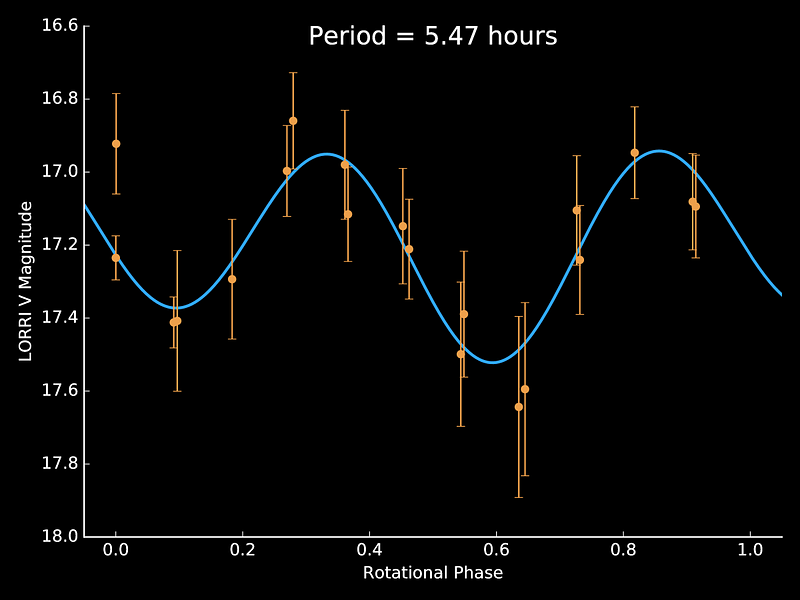
An incredible amount of science was learned, including:
- it rotates rapidly, with a period of just 5.5 hours,
- it has no moons,
- and is small and heavily cratered, with long evening and morning shadows.
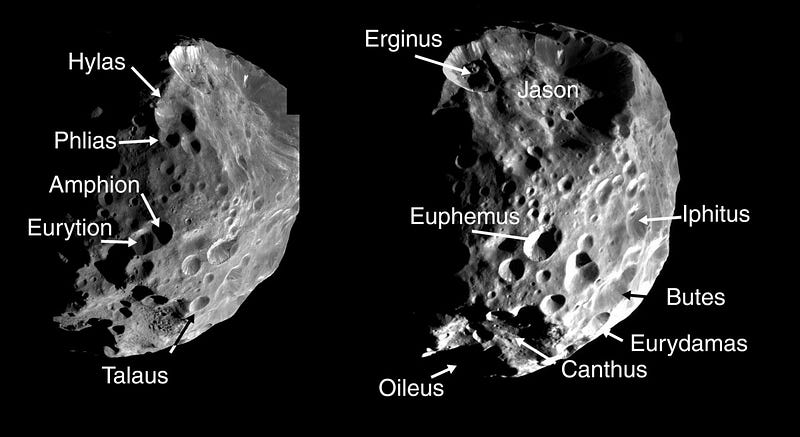
The most exciting find was to completely determine this new Kuiper belt object’s orbit: a 3-to-2 resonance with Neptune, much like Pluto.
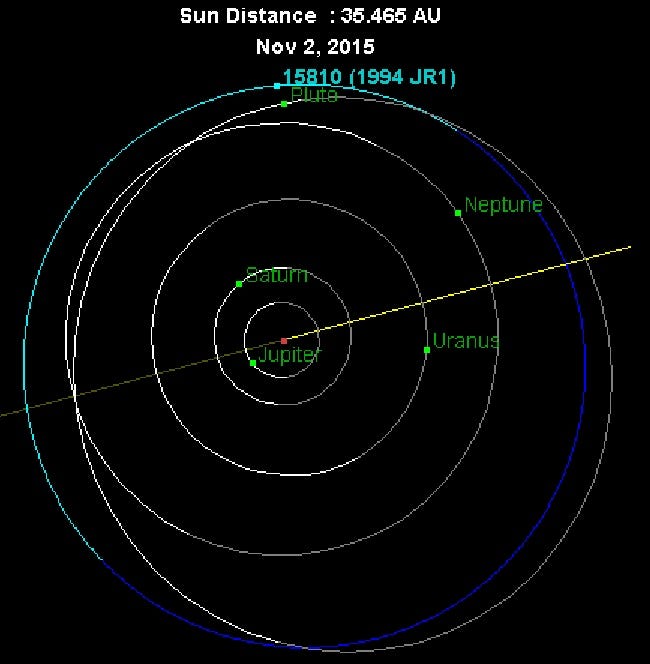
But unlike Pluto, it never dips interior to Neptune’s orbit, making this Neptune-centered simulated view of the Solar System possible.
New Horizons seeks to extend its mission beyond this year, closely flying-by another KBO and characterizing dozens more.
Mostly Mute Monday tells the story of a single astronomical phenomenon or object primarily in visuals, with no more than 200 words of text.
This post first appeared at Forbes, and is brought to you ad-free by our Patreon supporters. Comment on our forum, & buy our first book: Beyond The Galaxy!





